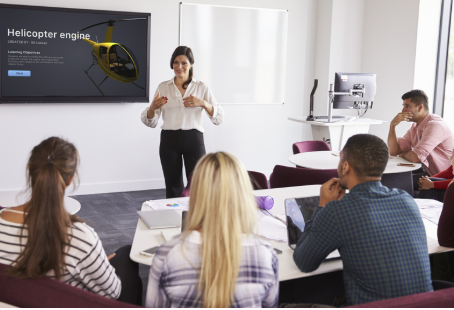The traditional model of education—where teachers lecture in class and students do homework afterward—is being reimagined through the concept of flipped classrooms. In this approach, students review instructional content at home, often through videos or digital materials, and spend classroom time engaging in discussion, problem-solving, and hands-on activities. While flipped learning is gaining momentum, it also raises questions about its effectiveness and potential challenges.
What Is a Flipped Classroom?
A flipped classroom reverses the conventional learning environment. Instead of using class time for lectures, students first encounter new concepts on their own, typically through recorded videos, podcasts, or reading assignments. Class time is then used for applying knowledge through collaboration, projects, and guided practice with the teacher.
Potential Advantages of Flipped Classrooms:
- Active Learning: Students engage in deeper thinking and peer interaction during class, enhancing understanding and retention.
- Self-Paced Learning: Learners can review instructional videos multiple times, allowing them to absorb material at their own speed.
- More Teacher Support: Teachers can spend more time addressing individual questions and helping students who need extra support.
- Improved Engagement: Interactive classroom activities make learning more dynamic and student-centered.
Challenges and Concerns:
- Access to Technology: Not all students may have reliable internet or devices to view content at home.
- Student Preparedness: Flipped learning relies on students completing pre-class work, which may not always happen consistently.
- Teacher Workload: Creating high-quality instructional videos and planning interactive lessons requires significant time and effort.
- Distractions at Home: Home environments may not always support focused learning, reducing the effectiveness of pre-class assignments.
Best Practices for Implementing Flipped Learning:
- Provide clear instructions and expectations for pre-class materials
- Use short, focused videos to maintain attention and comprehension
- Offer offline alternatives for students with limited access to technology
- Start gradually by flipping one subject or topic before scaling up
- Collect student feedback regularly to improve the process
Conclusion:
Flipped classrooms represent a promising innovation in education, offering students a more personalized and interactive learning experience. However, their success depends on thoughtful implementation, equitable access to resources, and active student participation. When balanced carefully, flipped learning can enhance engagement and deepen understanding—but if poorly executed, it risks becoming a distraction. Educators and schools should weigh the benefits and challenges to determine if this approach fits their teaching goals and student needs.














